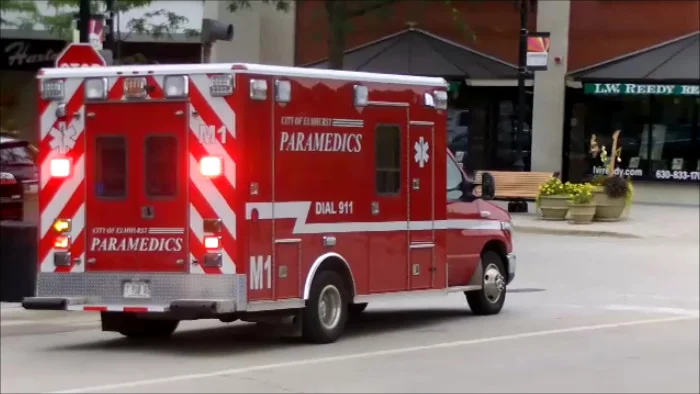As the construction labor shortage rages on throughout the industry, there have been concerns of how overworked employees or undertrained staff may affect job site safety. Although there’s no definitive proof that this problem is causing an increase in construction deaths and injuries, recently released Bureau of Labor Statistics (BLS) data shows trends pointing in the wrong direction.
Year over year, fatal occupational injuries in 2015 rose by more than 4% in the construction industry versus 2014, according to the BLS. Fatalities increased to a total of 937, from 899 the previous year. Rates also climbed to 10.1 per 100,000 full-time equivalent workers, from 9.8. The 937 deaths were the highest for the construction industry since 2008, when there were 975 reported fatalities.
Across all industries, an annual total of 4,836 workplace deaths in 2015 was the highest since 2008. Transportation, such as roadway incidents involving motorized land vehicles made up the largest portion of all fatalities, with 1,264, roughly 25% of all fatalities. This highlights the importance of not only keeping workers safe while driving for their job, but also keeping workers safe from other motorists. Slips, trips, and falls accounted for the second highest cause of death, totaling 800 in 2015.
The negative trend has certainly piqued the interest of several government entities, including OSHA. OSHA has not only increased their fines for the first time since 1990, they’ve introduced a new rule that would require companies to make their injury records public. OSHA also recently released data that showed construction trench related deaths have doubled in 2016, as compared to 2015, which is not a good sign for the BLS’ 2016 fatality report.
[guest post] It’s a morbid statistic, but the construction industry experiences more workplace deaths than any other. With so many potential hazards, heavy-duty machinery, and power tools, it’s perhaps not surprising that serious accidents are relatively commonplace.
Even though we’re over a year into the COVID-19 pandemic, the virus is still threatening the health of construction’s workers and taking a toll on project timelines. It’s likely that your company has already determined the best course of action to help mitigate the risk of spreading the virus on your jobsites, but it’s never too late to learn from another contractor.
It’s been a little over a year since the coronavirus pandemic sent the entire world into a period of uncertainty, heartache, and panic. The construction industry itself has undertaken many different challenges, above and beyond keeping their people safe on the jobsite, many of which no one could have expected.
“You make a better door than a window!” is what I imagine loader operators constantly yell at the bucket in front of them (or maybe I’m just projecting based on my experience of having the habit of sitting right in front of the TV as a kid). Either way, operators may not be yelling that in the future, as equipment manufacturer, Doosan, has introduced what they claim is an industry first “transparent” bucket.
Reducing dust when cutting tile is important for many reasons (including safety and cleanliness), but wet tile saws can be a pain to use, with the slurry created spraying all around the work station and cold weather making the saw much more difficult to use outside. iQ Power Tools has a solution for that: the world’s first 7” portable dry table saw with integrated dust control.
In the construction industry, falls from height are continuously the leading cause of jobsite injuries, fatalities, and, as a result, OSHA citations. From May 3-May 7, OSHA invites construction employers and stakeholders to take part in their 8th annual National Safety Stand Down to Prevent Falls in Construction.
On Tuesday morning, February 23, the Syracuse Fire Department responded to a call about a collapsed crane on a construction site near the university. Thankfully, no injuries were reported.
It seems a little odd to be talking about air-conditioning when much of the United States hit some incredibly low temperatures in recent days, but a product that I learned about recently is just too exciting to ignore. Announced at CES 2021, a research company has unveiled an air-conditioned hard hat (ACHH) that can reduce the ambient temperature up to 22 degrees Fahrenheit!
2020 was a challenging year in many respects, but none greater than from a safety standpoint. The coronavirus pandemic placed the notion of “people over profits” under the microscope, while also balancing the needs of their employees to continue to make an income under difficult circumstances. While the pandemic was a large part of the construction safety conversation last year, there were several other developments to take note of for your projects in the future.











Last summer, Hilti announced that they had developed their first exoskeleton designed for construction tradespeople in a partnership with Ottobuck, a prosthetics, orthotics, and exoskeleton provider. Earlier this month, Hilti officially released the exoskeleton, announced more details, and published its retail price on their website.